One of the first considerations for any business’ office is whether they want to have closed offices or an open plan layout. Both approaches have pros and cons so businesses must consider carefully which option is most suitable for their particular needs.
Open work environments are often thought of as one giant room with no boundaries or walls separating employees. Although that can be an example of an open work environment, that doesn’t mean it’s the only option. Office layouts that are classified as “open” usually refer to a work setting that fosters flowing communication. This type of environment allows employees to receive input from colleagues, projects can run more smoothly, and it fosters informal conversations that build trust for others’ judgement calls and expertise. Although many employees prefer closed workspaces, they can sometimes work more productively in open ones.
Closed office spaces allow staff a greater amount of privacy than an open plan office layout. They have the chance to work in peace and quiet, keeping them focused on the tasks at hand without getting overly distracted by what their colleagues are doing. Closed offices also offer space for employees to think or be creative without too much interruption. However, some people feel that closed offices, whether individual or for small teams of employees, promote a culture of individualism rather than teamwork, and would prefer an open plan office layout.
To get the best of both worlds, you can offer an array of different work settings. You can use panel systems to offer workspaces with privacy without fully restricting the free flow of conversation between employees, and by grouping employees with similar jobs, you can build clusters that have the feel of an open plan.



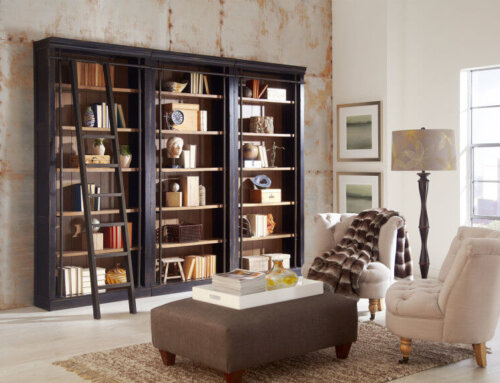
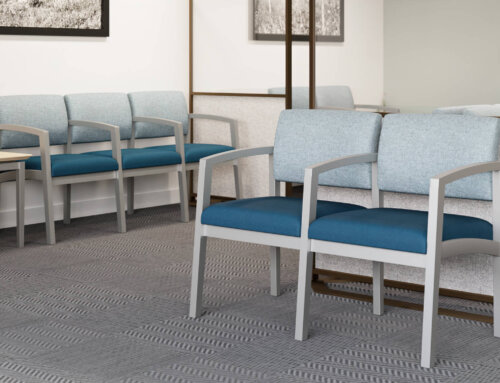
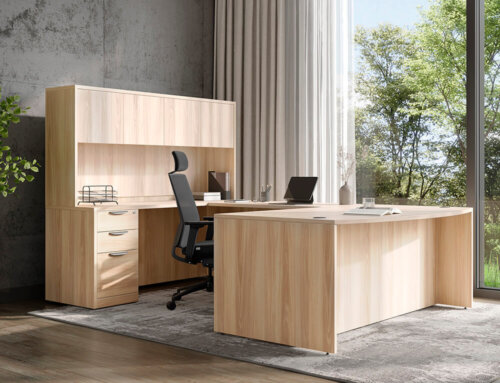
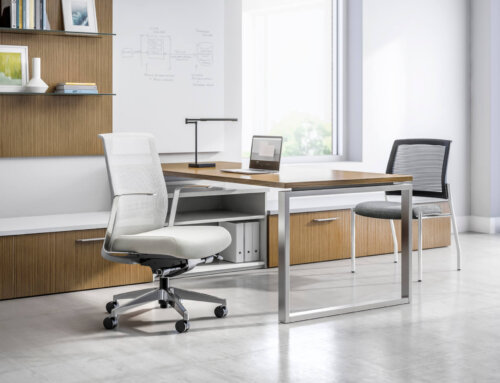
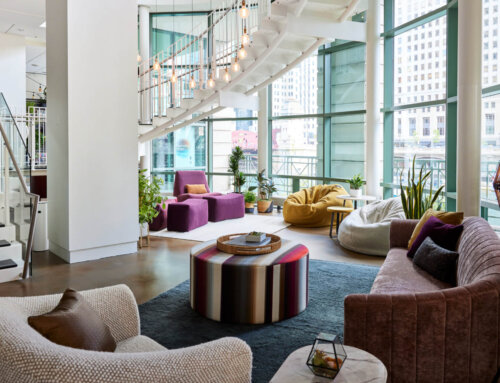
Leave A Comment